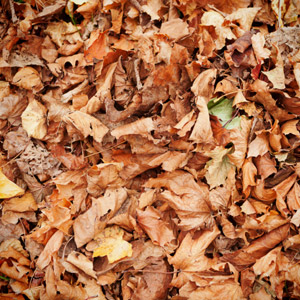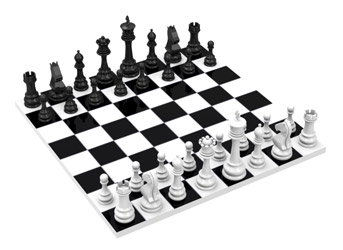![Zorba the Geek [CC-BY-SA-2.0 (http://creativecommons.org/licenses/by-sa/2.0)], via Wikimedia Commons](https://s3.amazonaws.com/cms.accelerate-ed.com/image/60c6716b-c5b0-4669-ba38-f022023a3c79.jpg) Fortunately for Ted, his community owns a special density measurement device! Ted won't have to climb into the pool and start counting leaves. However, Ted wants to be able to tell A Cleaner Pool the total amount of debris in the pool, so a little more calculation is required.
Fortunately for Ted, his community owns a special density measurement device! Ted won't have to climb into the pool and start counting leaves. However, Ted wants to be able to tell A Cleaner Pool the total amount of debris in the pool, so a little more calculation is required.
Using the device, Ted finds that the density of debris in the pool is 1.2 leaves per square foot. He already knows that the area of the pool's surface is 16π+20 square feet. If the density of leaves is equal to the number of leaves in the pool divided by the pool's area, he reasons, then the converse is also true. The total number of leaves in the pool is equal to the density multiplied by the area. How many leaves are in the pool? Let's follow Ted's process as he figures out what to tell A Cleaner Pool.
Ted knows that the density of leaves in the pool is equal to the number of leaves in the pool divided by the area:

\(\mathsf{ \text{Density} = \frac{\text{Leaves}}{\text{Area}} }\)
Although Ted doesn't know how many leaves are in the pool, his device tells him that the density of leaves in the pool is 1.2 leaves per square foot.
\(\mathsf{ \frac{1.2 \text{ Leaves}}{\text{square foot}} = \frac{\text{Leaves}}{\text{Area}} }\)
Ted knows the area of the pool. If he multiplies each side of the equation by the area, he'll end up with:
\(\mathsf{ \frac{1.2 \text{ Leaves}}{\text{square foot}} \times (64 + 16\pi )\text{ square feet} = \text{total number of leaves in the pool} }\)
The final result of Ted's calculations produces this amount (approximately): 137.119 leaves
You may have noticed that the context of this problem matters a great deal. Ted knew the density AND the area of the object he needed to examine. Therefore, he was able to calculate the missing quantity. As long as you have enough information about the context, you can solve ANY problem. If you had known the density and the number of leaves, you could have found the area. And, obviously, if you had started with the area and known the number of leaves, you could have calculated the density using the standard equation.
The context you're given does not always lend itself to such calculations, though. Take a look at these examples.
Example 1
Example 2
Example 3
Suppose you needed to know the density of chess pieces on a chessboard. If you know the length and width of the chessboard and the number of pieces on the board, can you calculate the density?

You can. The chessboard is a rectangle (in fact it's a square). When you multiply the length of the chessboard by it's width, you get the area. Then, you can divide the number of pieces on the board by the area of the board to get the density.
You know the number of tractors in a triangular field, and you know the height of the triangular field. Can you calculate the base of the triangular field?

In this case, you cannot calculate the base or the area. You know the number of tractors in the field, but without any other context (such as the density of the tractors in the field), you cannot calculate the field. If you don't know the area of the triangular field, you cannot calculate the base.
You visit another town's pool for a day and see that there are a 14 men and 15 women swimming in it. You know the area of the pool's floor is 200 square feet. Can you calculate the density of people in the pool?

You know that the area of the other town's pool is 200 square feet. The number of people in the pool is 14 men plus 15 women, or 29 people overall. Therefore, the density of people in the pool is 29 people/200 square feet, or 0.145 people per square foot.
